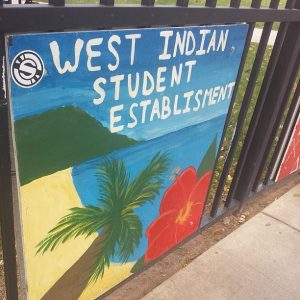
School is often a space where racial and ethnic identities are shaped and constructed. Most notably, Black students within white schools have been found to develop racial identities through shared experiences of racism with same-race peers. New research by Bedelia Richards illustrates how this process works for West-Indian students who are often lumped into a “black” racial category by school officials and peers. Yet, Richards finds that despite the school’s racial ascriptions, West-Indian students develop ways to celebrate their various ethnic identities.
Richards conducted four months of observation and twelve interviews at Mayfield High School in Brooklyn, which has a diverse student body of white, African-American, West-Indian, and Asian pupils. School officials participate in tracking, which allows teachers and administrators to assign students different academic trajectories. “Gifted” students are placed within the highest tracks, while struggling students are often placed in “remedial” classes. Richards finds that Asian and white students are most likely to be placed in the highest academic tracks, whereas African-American and West-Indian students are most likely to be placed in the lowest tracks. These tracks become racialized, as teachers and administrators inadvertently reinforce understandings of “black” through mistreatment and stigmatization.
Even as these students are exposed to this racialization through tracking, West Indian students express pride in their individual heritage by speaking in Jamaican, Guyanese, and Haitian. In fact, Richards argues that this process intensifies racial group consciousness, while simultaneously increasing the salience of ethnic identity among West-Indian students. In short, Richards’ research highlights the ways that school processes like tracking can have consequences on both students’ racial and ethnic identities.

Comments